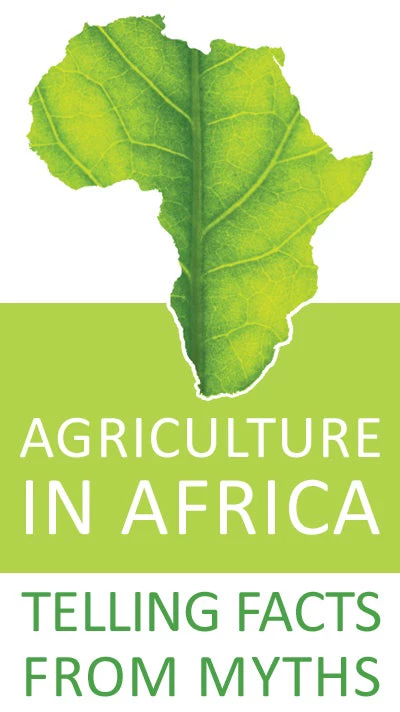
Among African policymakers, the main reasons for high food price volatility in the domestic markets is often thought to be external, i.e. “imported” from the world food markets. However, the sources may also be domestic, for example when markets are poorly integrated internally. Under the “Agriculture in Africa – Telling Facts from Myths” project, data collected by the Société Nationale de Gestion du Stock Alimentaire (SONAGESS) on maize prices in 28 markets from Burkina Faso during the 2000s (July 2004-Nov 2013) were analyzed to tease out the extent to which maize price volatility is driven by domestic rather than external factors. Over the past decades, maize has become the most marketed and exported cereal in Burkina Faso. It now accounts for 31% of grain production, against only 7% three decades ago, and represents the second source of income for farmers, after cotton.
With an average coefficient of variation (CV) of 0.27 across markets from 2004–2013, maize prices in Burkina Faso display substantial disparity. As the CV measures the dispersion of a series around the mean, this implies that the maximum and minimum price varied within a range of 27% based on the average Burkinabe maize price. Yet, econometric analysis of the determinants of maize price volatility based on the estimation of an autoregressive conditional heteroskedasticity (ARCH) model shows little correlation with movements in the exchange rate or international maize prices. This suggests that domestic factors must be the driving forces, rather than external factors.
Price volatility was particularly high in markets that were far from the city centers Ouagadougou, Bobo-Dioulasso and Koudougou (see Figure below), especially when they were connected by poor roads. With poor road quality and distance discouraging traders from supplying food to remote markets, local imbalances between supply and demand are bound to translate in larger fluctuations in prices (both in the source and destination markets).
Price volatility was also higher in maize-surplus markets and markets bordering Côte d’Ivoire, Togo, and Ghana than in maize-deficit and non-bordering markets. While the latter points to trade restrictions across countries, the former could arise out of the lack of sufficient market integration which hinders the transfer of production from surplus areas to deficit ones. Domestic factors should thus not only be comprehended as simple geographic remoteness from domestic city centers. Domestic factors are also expressed through high transport costs, maize-surplus regions, export prohibitions and non-tariff barriers to crossing the border, which all hamper maize marketing abroad.

Contrary to common belief, for maize in Burkina Faso, domestic factors prove more important in understanding price volatility than external factors. Policies targeted towards infrastructure development and better regional integration and economic development within the ECOWAS area could substantially strengthen the links between rural markets and major consumption centers, thereby reducing susceptibility to local imbalances between supply and demand and stabilizing maize prices. Recent attention to improving regional food market integration and closing Africa’s road infrastructure deficit are steps in the right direction.
References
FAO., IFAD., IMF., OECD., UNCTAD., WFP., World Bank., WTO., IFPRI., and UNHLTF, 2011, Price Volatility in Food and Agricultural Markets: Policy Responses, FAO, Rome.
Ndiaye, M., E., Maître d’Hôtel, and T., Le Cotty, 2015, Maize price volatility : does market remoteness matter ? World Bank Policy research Working Paper (No. WPS7202).
Nikoloski, Z., L., Christiaensen, and R., Hill, 2015, Household shocks and coping mechanisms – Evidence from Sub-Saharan Africa, mimeographed.
This is the fourth of a series of blogs dissecting our commonly held beliefs about Africa’s agriculture and its farmers. They draw on the findings of the Agriculture in Africa – Telling Facts from Myths partnership project led by the Chief Economist Office of the Africa Region of the World Bank.


Join the Conversation